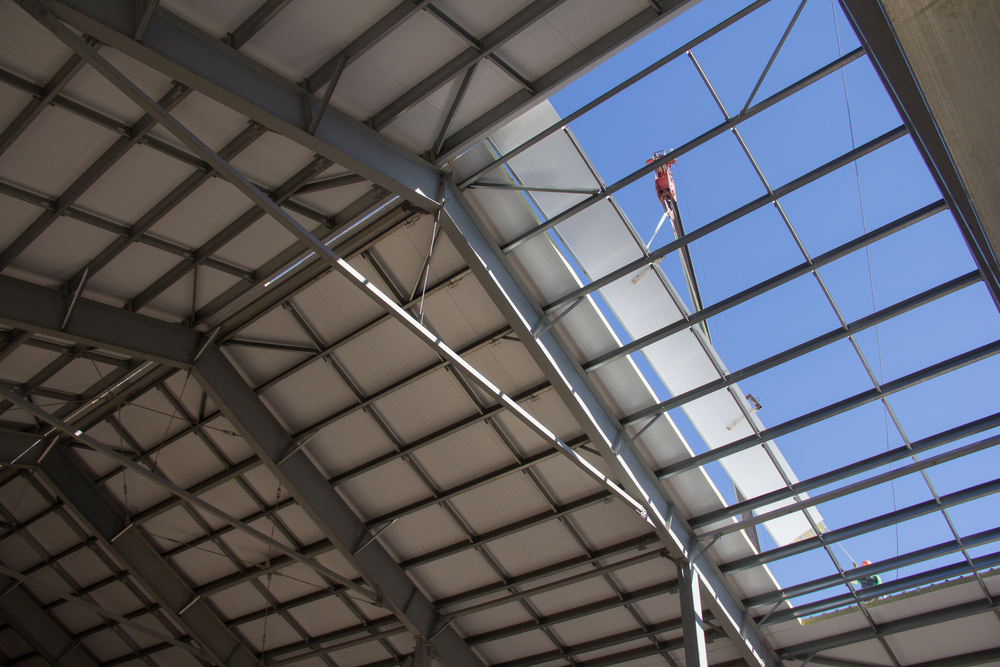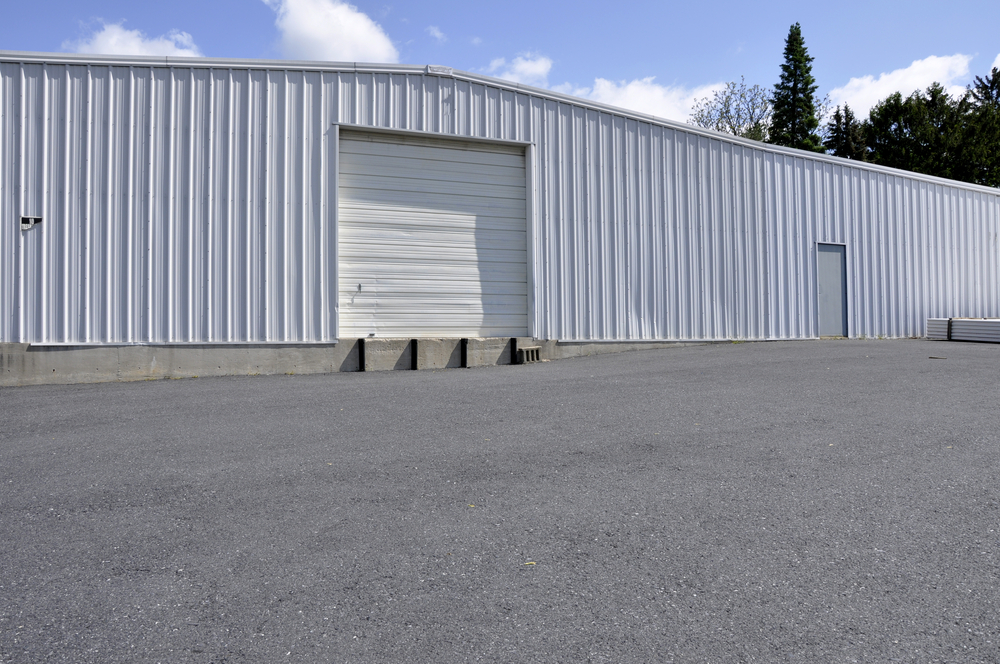Durable, affordable, and easy to maintain; these are the qualities why metal buildings are excellent compared to other types. However, the owner also needs to remember there should be must-dos to have a stable and comfortable structure to occupy. And it includes determining the best insulation to put in a metal building.
The need for insulation
Before determining the superior insulation type, it is excellent to know why an owner needs to install one. The top reason is to counter the damaging effects of condensation inside the metal building. Condensation happens because it is also typical to encounter a humid interior climate in a closed structure. When this issue is unaddressed beforehand, the following problems come inevitably too.
- Experience damp or moist environment
- Unsightly and harmful microbes like mold start to form
These two factors don’t only decay any metal surface gradually. It is also detrimental to the health of building occupants, especially those with vulnerable health like elders and young kids. Mold also causes hives or allergic reactions for some individuals.
With these concerns, insulation comes not as a mere choice but as a need. But remember that any type can be the best insulation to put in a metal building. It should
- maintain the quality of interior air temperature
- prevent external air from entering the building
- deter interior air to leak
- pass the R-value or thermal resistance standards in one’s local authority
Insulating a building also offers lesser expenses in electricity and heating and soundproofing.
The best option?

In general, there are several insulation types you can choose from, but some are not easy to do. Perhaps it’s about the availability of materials or masterly skills. The choice of insulation can also be about the condition or design of the building. Thus, the best insulation type is also on a case-to-case basis.
Fiberglass. Among all the types available, fiberglass is one of the most popular since it costs less but produces various benefits. Additionally, it is undemanding for tools to use and the installation process.
The problem with fiberglass is the high energy to use and the possibility of exposure to harmful carcinogens, particularly during the installation process. Thus, it is required to wear PPE during this time.
Rigid board. Because of its good R-Value, most authorities approve rigid board insulation over the other classes. The problem, though, is that it is demanding for materials and craftsmanship because it has a complex process. Moreover, the rigid board type is better to plan or install along with the pre-construction phase than when the building already exists.
Batt and Blanket. Two of the excellent points of this type are that it is affordable and doable for most joists and studs. Additionally, there are also classes of batt and blanket that come with radiant backing.
Loose-fill. It is the insulation that covers what is lacking in rigid board type. Loose-fill can be installed in irregularly and already built metal buildings. Also, it is ideal when the problem is to reach the edges and corners of the structure. The method used in loose-fill includes blowing through building walls and cavities.
On the other hand, spray foam insulation is a good choice if you are looking for an alternative to loose-fill. To learn more about what type of insulation is best for your metal building, talk to us at Lion Carports.

